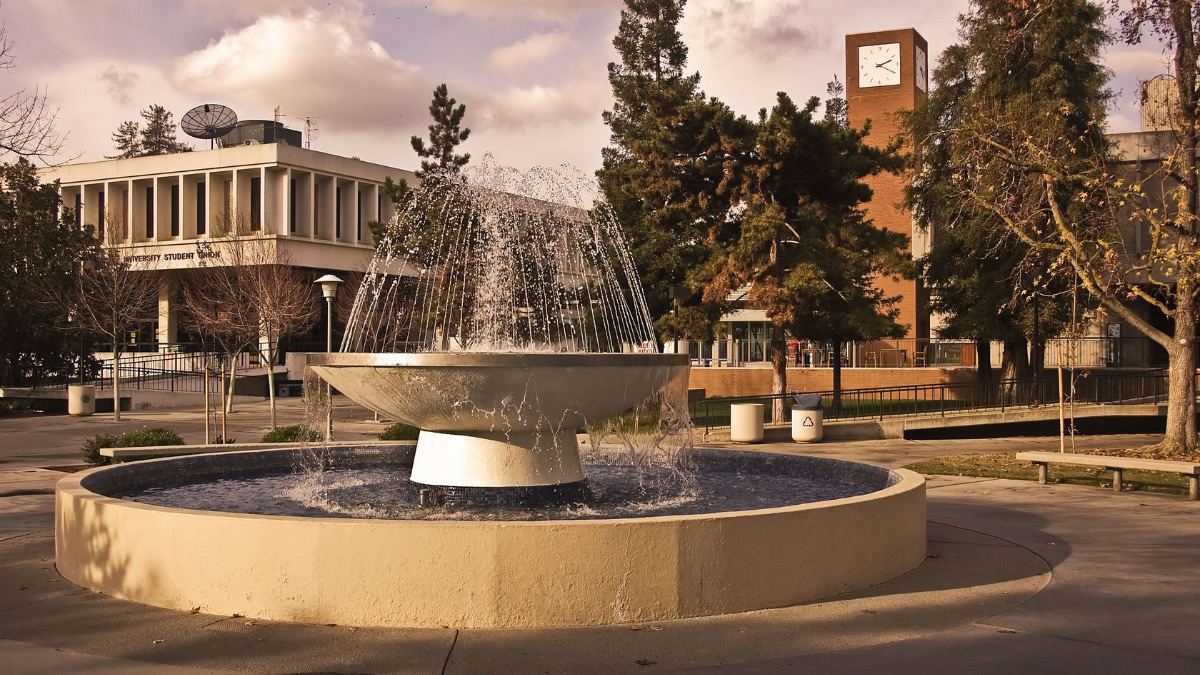Over 400 years ago, William Shakespeare famously proclaimed (in Part 2 of Henry VI) “Let’s kill all the lawyers." If somehow you could get in the same room 50 randomly selected professors from numerous disciplines and colleges throughout the country and have them start talking, within 15 minutes almost certainly they all would be complaining about college administrators, imitating Shakespeare’s lament: “let’s kill all the administrators.”
The number of administrators at universities has exploded, growing much faster than the faculty. At a typical university, there are more administrators than faculty. The Office of the President of the University of California in recent years has had roughly 2,000 (!!) employees—none of whom teach. The Texas Higher Education Coordinating Board, with 250 or so employees, is an administrative agency overseeing other administrative apparatuses at individual schools.
This writer compared the administrative staff at a typical state institution, Ohio University, 50 years ago and today. To be sure, enrollments rose perhaps 25%, but the staff growth has been multiples of that. In 1967, there was no provost, only a vice-president of academic affairs with perhaps two assistants. Today, there are over 20 administrators in the provost office, including a “chief information officer,” a “senior vice provost for instructional innovation,” an “associate provost for academic budget and planning,” a “vice provost for global affairs” (secretary of state?), a “chief of staff,” an “university ombudsperson,” a “vice provost for diversity and inclusion,” an “executive director for the office of equity and civil rights compliance,” and an “associate provost for institutional research and effectiveness.” None of these jobs existed 50 years ago. The academic college staffs have likewise soared: the College of Arts and Science dean’s office staff has gone from four to over 20.
Has all of this administrative layer made instruction better? Most faculty would probably say no, arguing, indeed, the added bureaucracy has made it harder to do their job as teachers—more forms to fill out, more meetings to attend. Moreover, the increase in the non-academic staff has led to a pronounced decline in emphasis on Job One: disseminating and expanding our stock of knowledge.
Want to hire a new professor? Around 1965 or 1970, a department would interview many candidates at professional meetings, bring perhaps three of them to campus, and then choose the best fit, with probably the academic dean signing off on the decision. Today, typically, an affirmative action police will insist that the serious candidates meet some sort of biological or skin pigmentation test –there must be a female and perhaps a nonwhite among the campus interviewed candidates, and often that police can veto any decision if it feels that inadequate efforts were made to achieve the politically correct results. Academic quality gets subordinated to other objectives, the faculty lose their primacy in academic decision making, etc.
The instructional share of the budget has moved down over the years—the administrative bureaucracy is crowding out teaching. The major issue is: why is this happening? Why is the faculty losing control, even in the core academic issues of curricular matters and instructional personnel?
This writer thinks the primary reason is the erosion in the bargaining power of the faculty arising from a frenetic growth in Ph.D. programs, coupled with a sharp reduction in enrollment growth and, in the last few years, actual enrollment stagnation. It is easy to hire professors in many disciplines cheaply.
The faculty themselves brought much of it on themselves. They demanded and got lower teaching loads over the years, putting resources into research and maximizing Ph.D. enrollments in order to enhance institutional prestige. Consequently, tenure track faculty become very expensive (few students per faculty member), prompting the growth of low cost contingent faculty. The tenured faculty became a smaller portion of the university community, and even less dominant in performing the most important function, teaching the students who are the major purpose of most schools.
My back-of-the envelope calculations suggest that most schools could drastically reduce the administrative staff without impacting the primary academic functions much at all, and if the financial savings were devoted to tuition reduction, fees at a typical school could fall at least 10 and usually 20% or more. “Kill all the administrators,” is a bit harsh, but eliminating a tenth of them typically would be a very good move.













